Homage to Hammer’s Dairy Restaurant
So many of our memories involve food and this one is no different.
This is Steven Hammer, my classmate, a sweet little second grader with red hair. His dad was Bill Hammer, and the Hammer family owned Hammer’s, the dairy restaurant at 243 East 14th Street, off Second Avenue. I don’t think we were in any other classes together, having consulted my stack of class photos, but for some reason, I remember his face so clearly, a seven year old.
It was 1955-1956. The class was taught by a wonderful teacher, Mrs. Marion Oppenheimer, who later left to become a guidance teacher, (mine, in fact) in J.H.S. 104.
When my dad would take us to Hammer’s, Bill Hammer would always greet us, and out would come a basket of the freshest, most delicious breads with butter. Look up, there was a tin ceiling. Dark wooden panels and wainscots. Faceted mirrors. Coat racks.
And of course there was a snarky waitress who my father, albeit his shyness, would manage to banter with, like he did with Millie, who was behind the counter at The Town Rose Bakery.
Then, we’d consult the menu: (Thankfully saved and posted by The Culinary Institute of America.)
There was something beyond special about the “dairy restaurant,” the Jewish dairy restaurant: somehow, not having meat available made men—and women, well, different, less primitive. More Brooklyn-Lower-East Side-zeitgeist, more of the immigrant experience, where carbs and dairy filled in for the costly animal protein. Yes, there was fish, but not everyone could afford a nice piece of flanken or a brisket.
So, “the vegetable cutlet” it was; a meatloaf-looking vegetable facsimile with a mushroom gravy, mashed potatoes, peas & carrots. There was something about this dish that warmed me to my soul, beyond blintzes and sour cream, or kasha varnishkes, or potato pirogen, or even crispy fried filet of flounder. What I should have learned then, was that eating animals wasn’t all that gratifying when peasant food did just as well.
I found the sugar cube in the above banner on the Fliker page of a fellow named Frank Kelsey; he had posted it years ago, and apparently, my little friend, Steven has a brother, Richard, who saw it. He wrote the following in the post’s comments.
Hello Frank,
I am the grandson of Max and Jenny Hammer, the founders and owners of Hammers Dairy Restaurant.
The restaurant was a family business. As as child I spent many happy hours there and remember these sugar cubes vividly. My grandparents and my parents are gone now, so to have found this stunning photograph of a very important piece of my family’s history means more to me than words can say, Thank you!!!
Best Regards,
Richard Elliot Hammer
Los Angeles
I am the grandson of Max and Jenny Hammer, the founders and owners of Hammers Dairy Restaurant.
The restaurant was a family business. As as child I spent many happy hours there and remember these sugar cubes vividly. My grandparents and my parents are gone now, so to have found this stunning photograph of a very important piece of my family’s history means more to me than words can say, Thank you!!!
Best Regards,
Richard Elliot Hammer
Los Angeles
I tried writing to Richard via a comment response but I doubt he ever went back to the page and never saw it: I invited him my Facebook group of over a thousand “kids” who grew up in Stuyvesant Town. This restaurant was a few block away.
Further research led me to this series of photos. In NYC 1929 tax photos I scored the following, having researched the block and lot numbers.
Hammer’s is between the two cars. The logo is unmistakable. I zoomed in:
But 243 East 14th Street morphed again and again. Years later, after closing, probably in the 1970s or early 1980s. At some point it became:
One of the restaurant’s claim to fame was that it was an actual character in the movie The Front, (1976) which starred Woody Allen, a movie by Herb Ritt featuring many big actors: Zero Mostel, Herschel Bernardi, https://en.wikipedia.org/wiki/The_Front and many more, who were actually named “Communists” and subsequently lost their ability to work as writers and entertainers. If you have Amazon Prime, you can find the movie there.
I took some screen shots: Hammer’s was a meeting place for some of the characters, and even mentioned:
It shouldn’t surprise me that a place in an early time of my life would have such meaning: I am constantly searching for photos that could bring me back to those moments of purity, of joy, of feeling that everything was beyond OK; in those days, the post-war 1950s and 1960s, there was an astounding feeling of hopefulness, of fearlessness. I search for ways to revisit the streets I walked, to see the people I knew.
All you needed was a vegetable cutlet, some mashed potatoes and a slice of pumpernickel with butter: and you were safe.

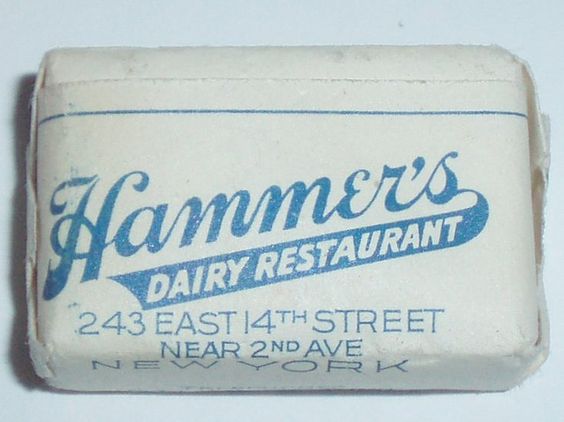
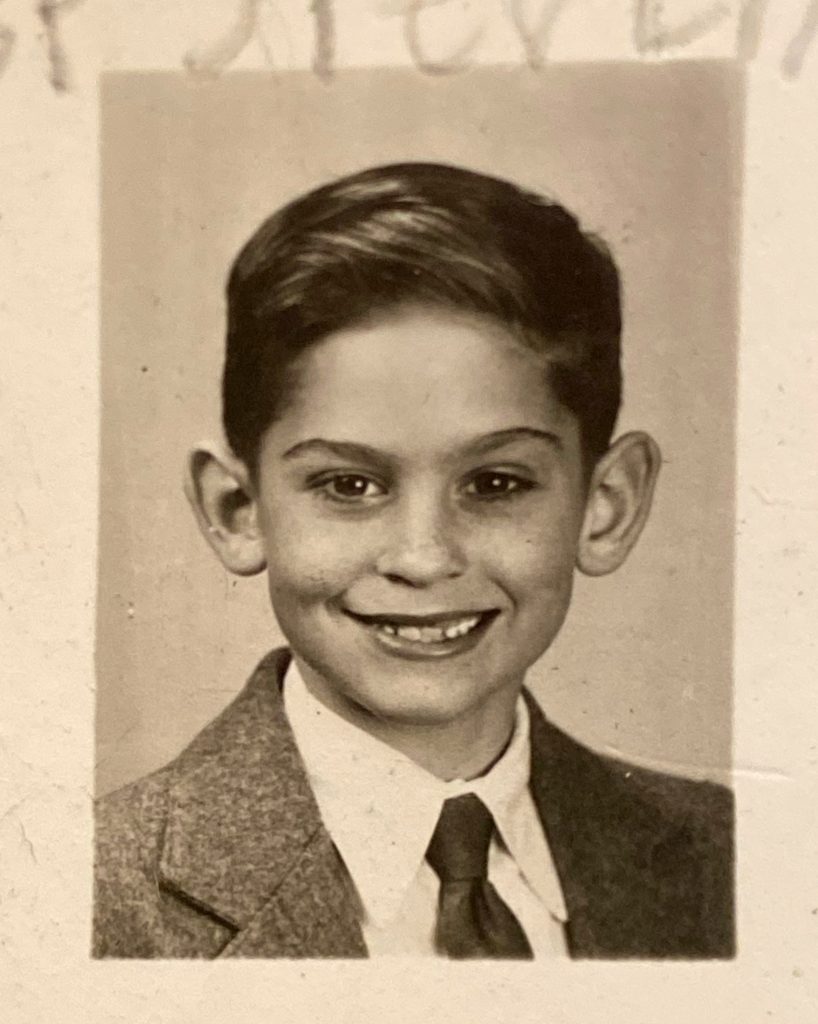
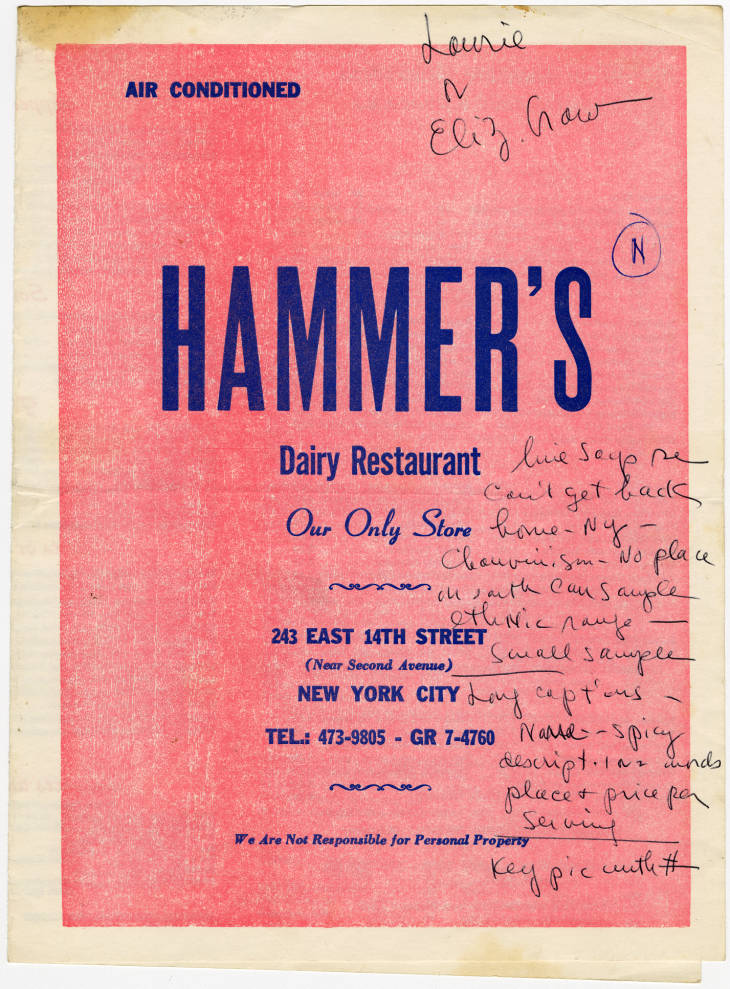
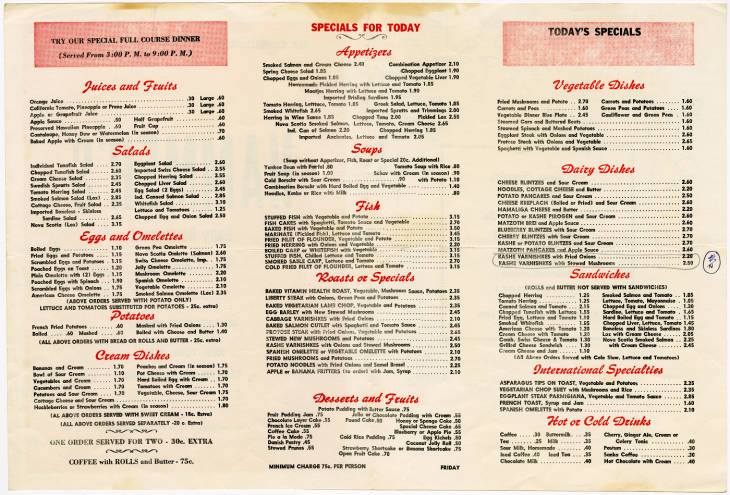
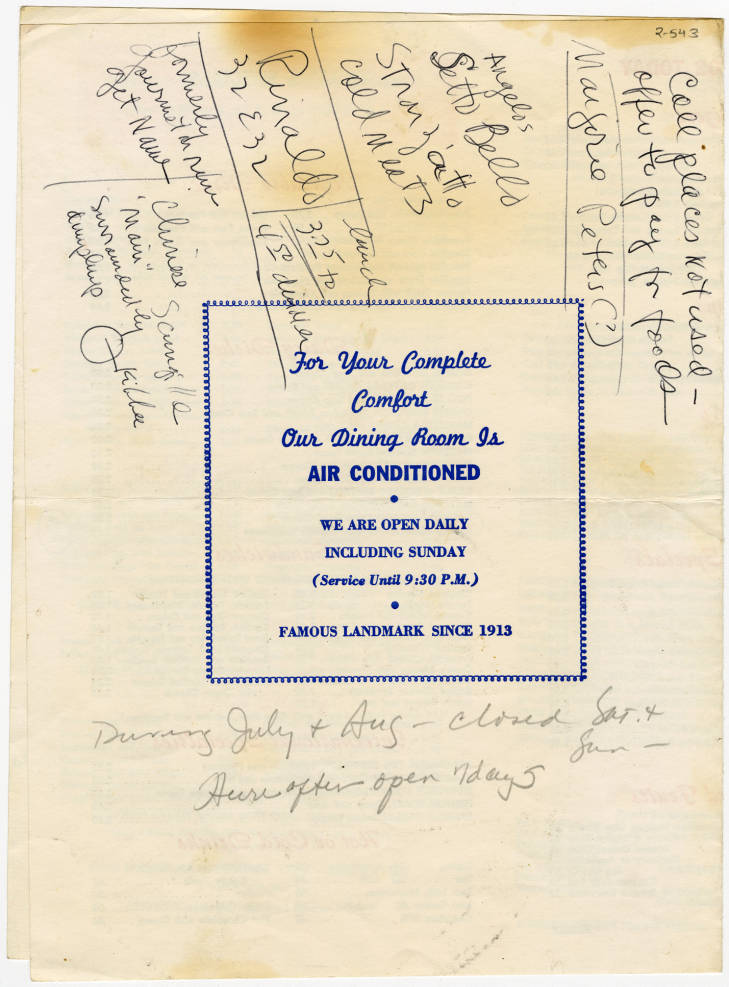
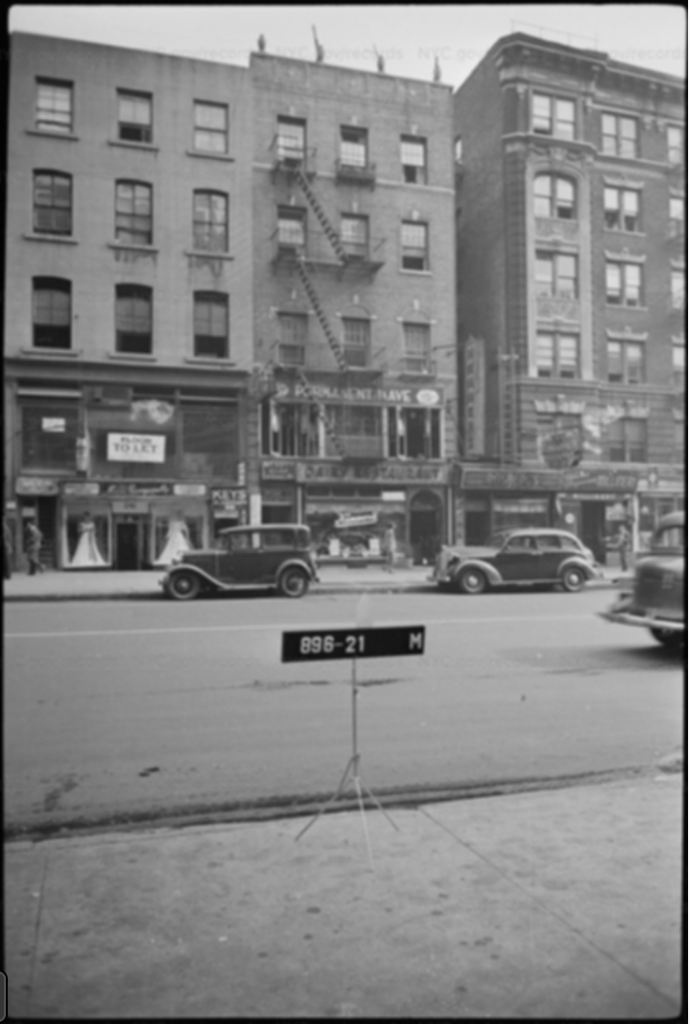
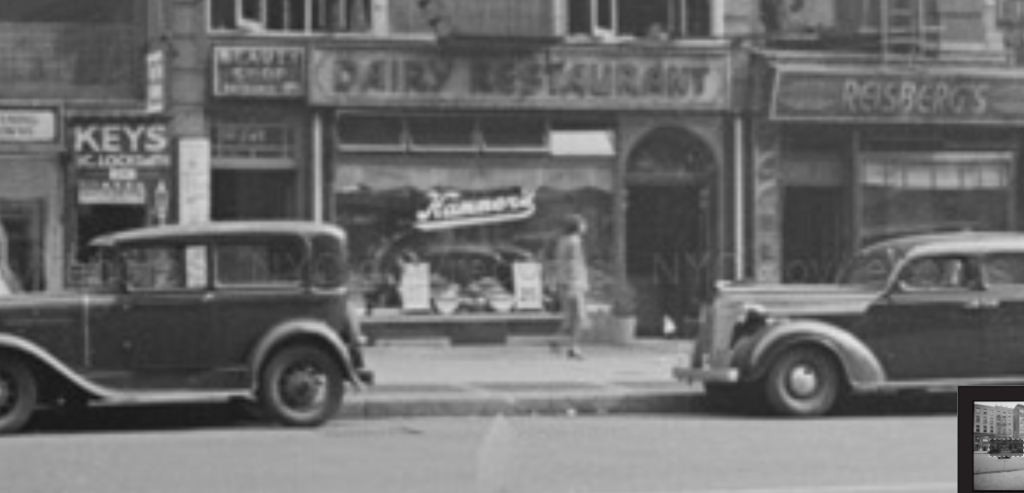

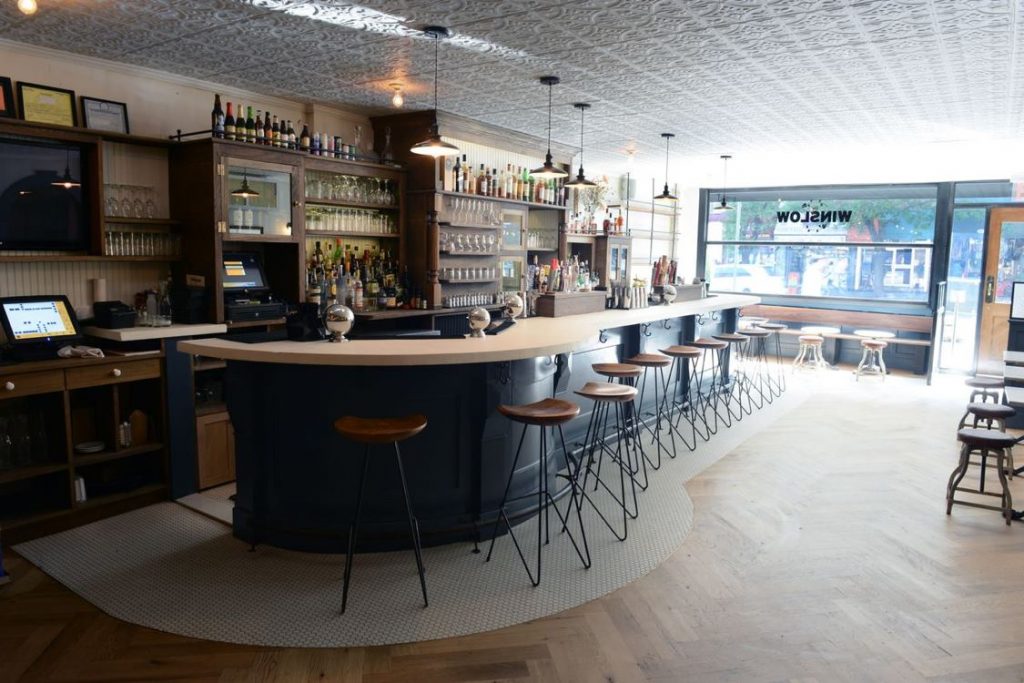
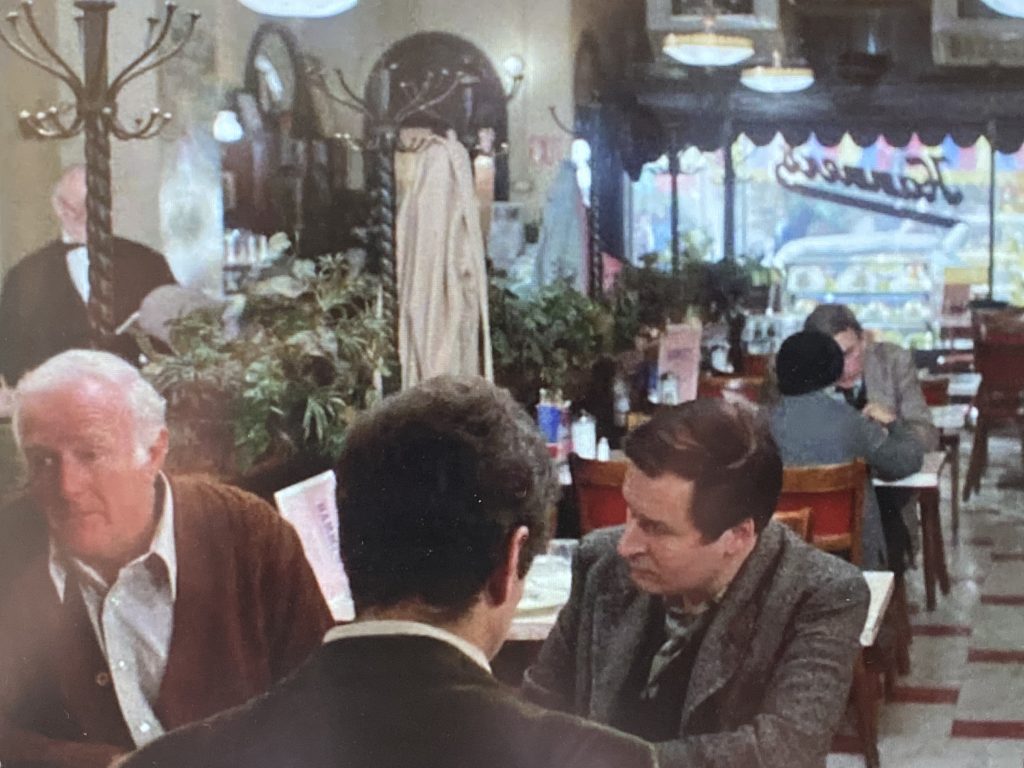
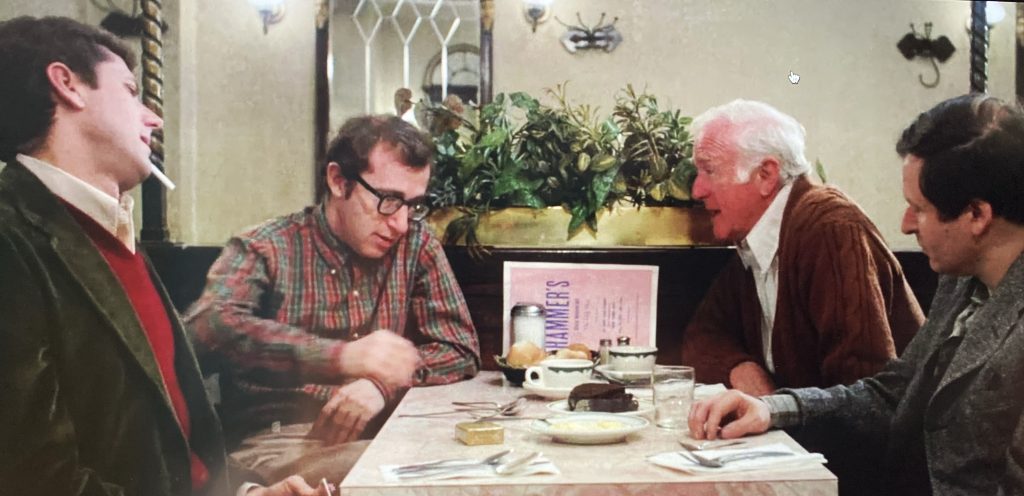
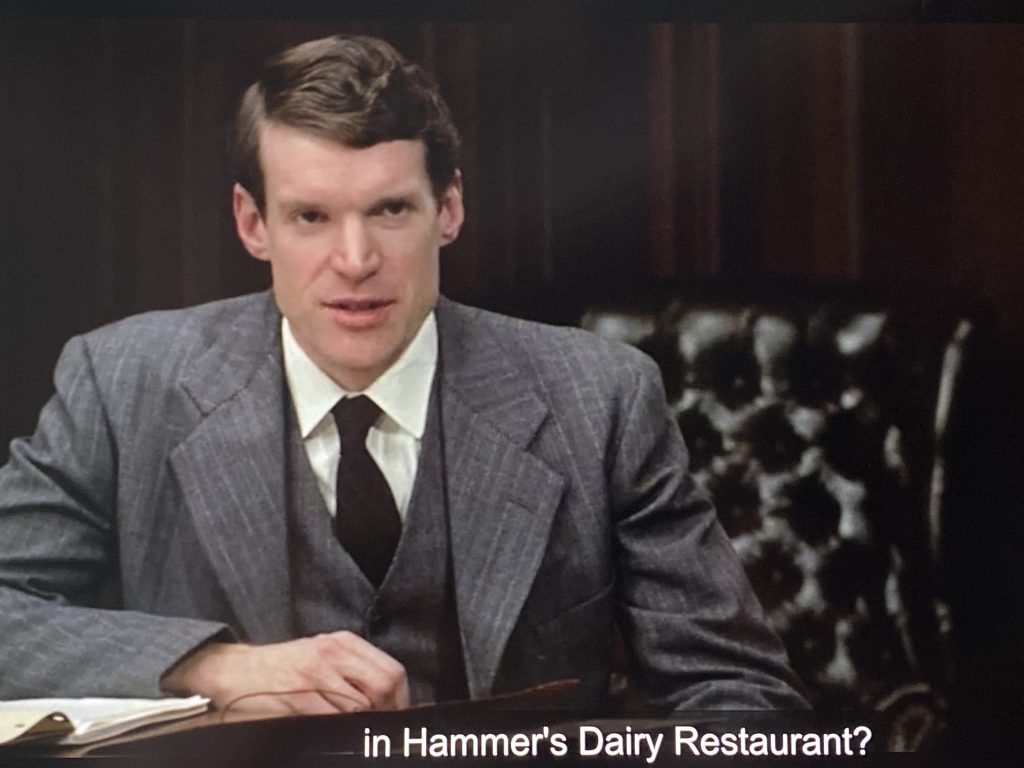
I also didn’t know the restaurant but it sounded good!
Wow wow. I did not know the place, though I’m sure I passed it at sometime. (We always ate at home).